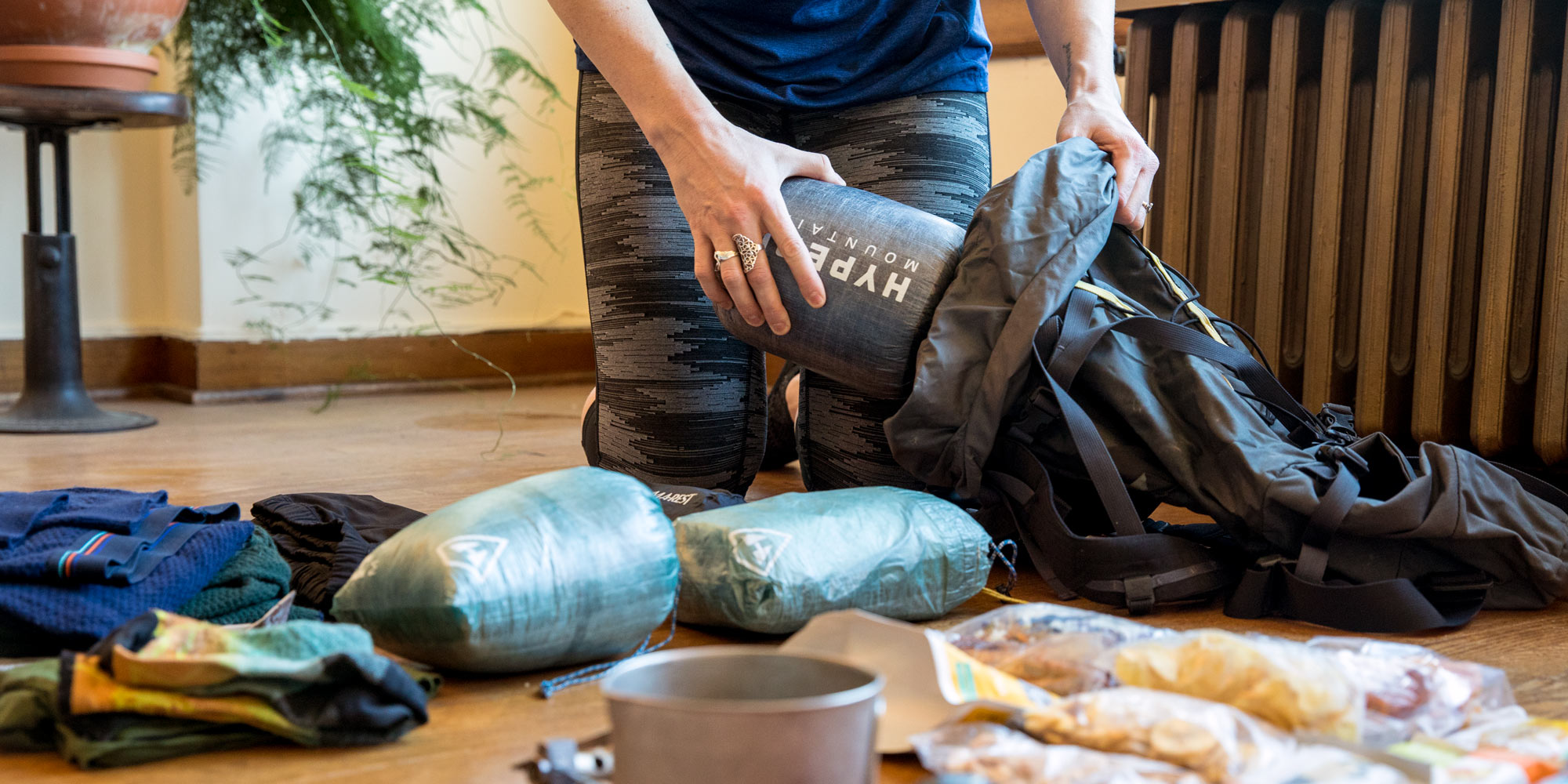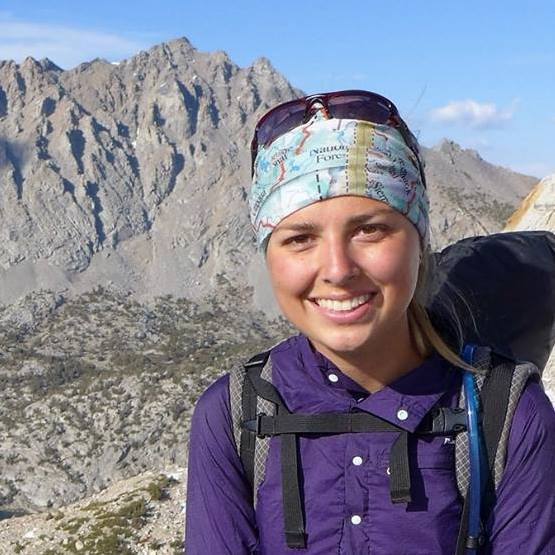There's no single right way to pack your ultralight backpack, but when you don't nail it, you'll feel it. Gear jabs and pokes into your back, your shoulders hurt or items jostle inside, making your pack uncomfortable as you hike.
Ultralight packs typically have minimal or no frame, are made of thinner materials and generally only have a single main compartment, so you have to be conscientious about where you place things. While many of the same principles apply as with a traditional backpack, it may take practice to figure out the right configuration that works for your specific light pack. The more you do it, the better you'll know your gear and how to pack it more efficiently.
Your ultralight backpack can be divided into three zones, plus external storage:
- Bottom zone: Your sleeping bag or other bulky-but-light items that you won't need on the trail should go into the bottom.
- Middle zone: Heavier items like food or a bear canister should be centered along your spine.
- Top zone: Things you may need during the day, like a puffy jacket, go up higher.
- External storage: Essentials you'll need to reach often, such as maps, sunscreen or lip balm, should be kept within easy reach.
General Tips for Loading a Lightweight Pack
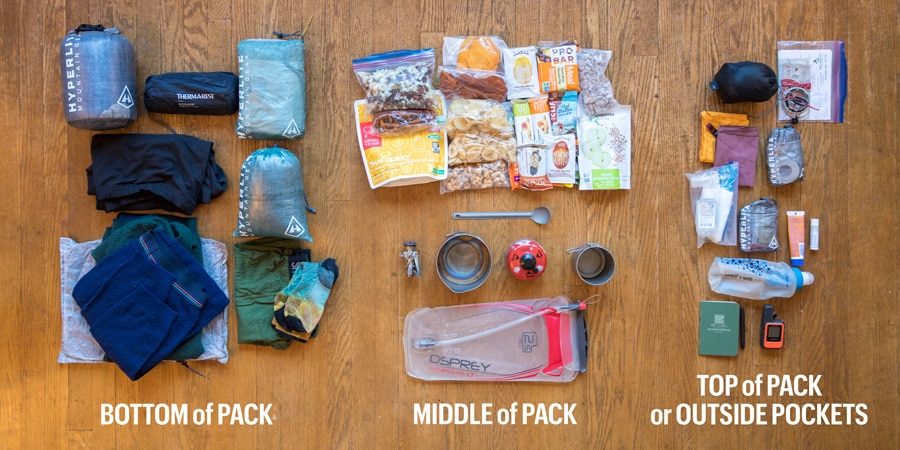
- It's helpful to set out your gear based on where it might go in your pack before you start loading.
- Think about stacking items in horizontal layers rather than vertical columns to distribute weight more evenly across the pack.
- If your backpack isn't waterproof, line the inside with a trash compactor liner, which is lighter and thicker than a standard garbage bag and lighter than most pack covers.
- If you're using a hydration reservoir, fill it up with water and insert it into the hydration sleeve (if you have one) when the pack is empty; it's a lot harder to do it later when the pack is full. (Alternatively, you can place the hydration bladder in a mesh outside pocket or on top of everything in your pack).
- Avoid packing anything really hard or sharp directly against your back. You don't want it poking or jabbing you while you're hiking.
Use Your Sleeping Pad as a Frame
Many ultralight backpacks have minimal or no frames, so you can often use your sleeping pad to add shape and support.
Here are different ways to pack your sleeping pad:
- Fold up your sleeping pad and place it inside the pack against your back to create a padded frame as well as an extra layer between your gear and your back. This works well with air pads that can be folded in half or in thirds to fit into your pack. Shorter-length closed cell foam pads may work, but full-length closed cell foam pads often take up too much space inside the pack.
- Roll a closed cell foam pad to form a tube that you place vertically into your pack to give it structure. You can then stuff your gear into the space inside the roll.
Pack Bulky, Lightweight Items at the Bottom
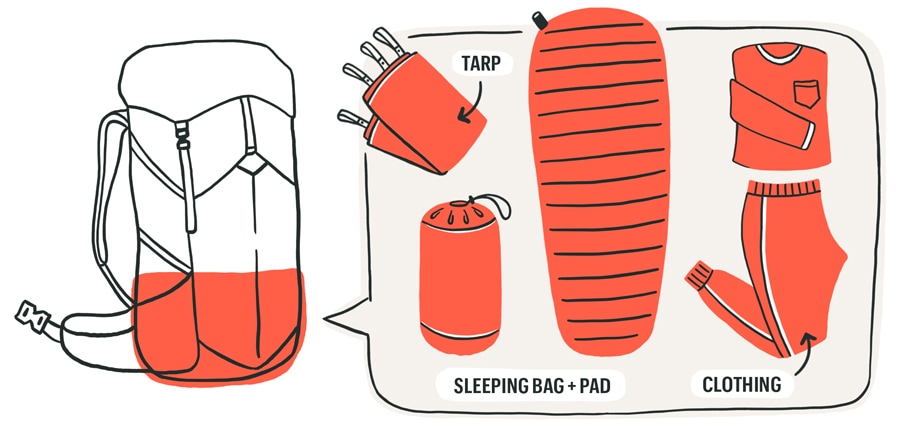
Your sleeping bag or bulky, light items that you won't need until you set up camp go into the bottom of your pack. Lightweight packs typically don't have separate sleeping bag compartments, so you can either compress your bag into a lightweight stuff sack, or ditch the stuff sack and leave the sleeping bag uncompressed so it fills up the bottom of your pack. Then, stuff the nooks and crannies in the bottom with other bulky, soft things such as your tarp or bivy, sleeping pad or clothing that you plan to sleep in. As you pack, try to position things to provide some comfortable lumbar support. This zone will also serve as a kind of internal shock-absorption system for the heavier things that will sit on top.
Pack the Heaviest Items in the Middle Zone
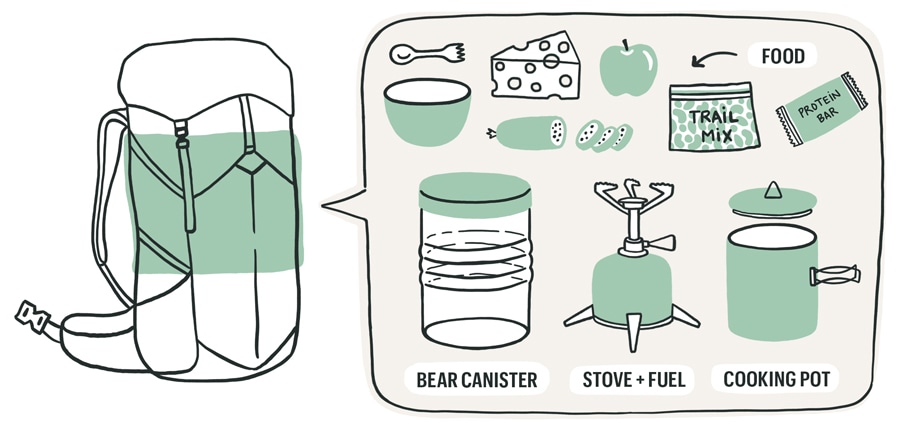
Next, in the core zone and closest to your back, pack heavy items such as your food bag. You'll want to keep dense items centered near your spine to create a comfortable center of gravity. Toward the front of the pack, also in the core zone but away from your back, place other heavy items such as your stove, fuel and pot. Keep your food separate from your fuel in case it leaks.
Bear canisters: If you're using one, a bear-resistant food container should go in the center of your pack, close to your back, near your shoulders. It's typically best to place the canister horizontally to keep the pack balanced, but often it isn't possible with lighter or smaller packs. If that's the case, then you'll have to place the container vertically inside your pack. Try to keep the can centered in the pack and stuff clothes and other items around it to provide padding against your back. Pack other gear such as your tent vertically around it. If harder-sided items such as your stove and pot don't fit inside your pack alongside the bear can, store them inside the canister while you're hiking. (You can carry food that doesn't fit in the canister in your pack while you're hiking, but remember to store all food and other scented items inside the can once you make camp). For more information, read our article on Bear Canister Basics.
Keep Handy Items at The Top
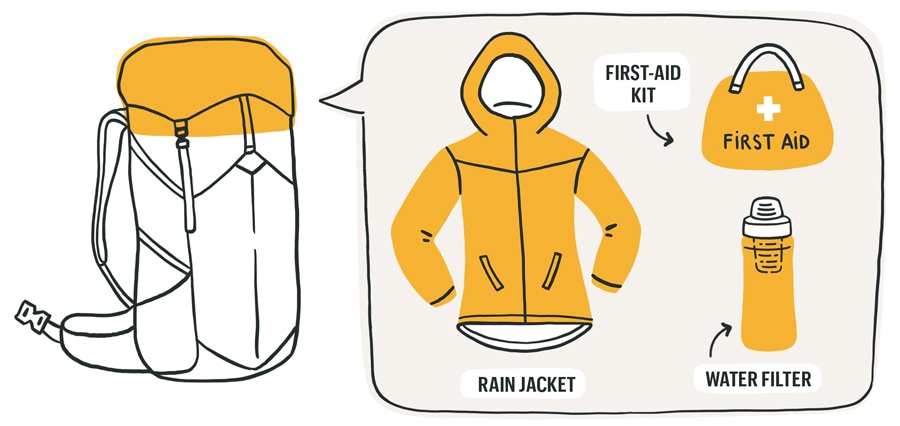
Keep anything you need during the day at the top of the pack, such as a lightweight down jacket or other warm layers that you might need when you stop for a break. This may include your first-aid kit, rain jacket or water filter.
Things You Need Often Go in Exterior Pockets
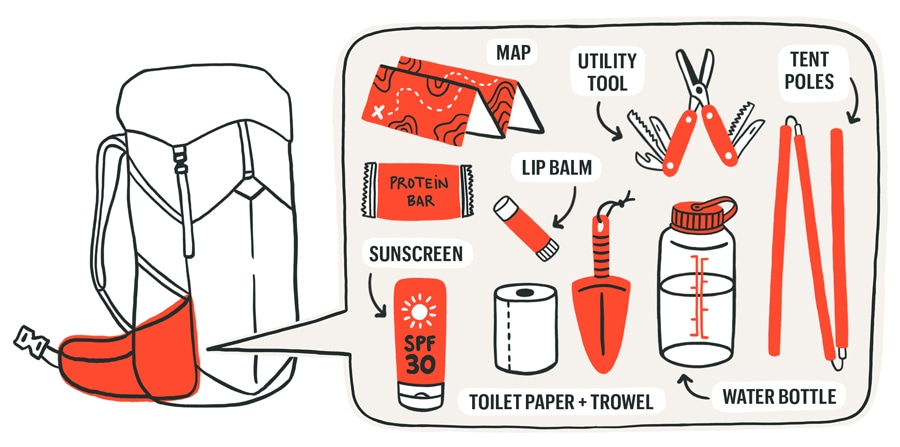
Traveling fast and light means traveling efficiently and not having to constantly stop and take your pack off. Keep items you'll want throughout the day in outside pockets that are easy to access.
Items that can go into hipbelt or shoulder-strap pockets include: a few snacks, sunscreen, maps, camera, a utility tool and lip balm. Water bottles or tent poles fit well in exterior side pockets. Toilet paper, a trowel, rain jacket or wind layer go well in a mesh pocket, if your pack has one.
